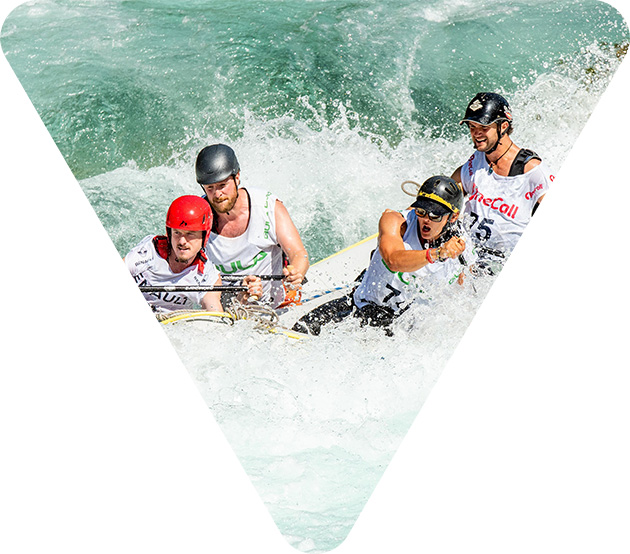The Leipzig rural district is located right at the point where Saxony-Anhalt, Thuringia and Saxony come together. Between northern and central Saxony, there is a very special belt of land: a series of opencast lignite mines were flooded to create a new type of landscape with the evocative name “Neuseenland” – literally the Land of New Lakes. By contrast, the cultural landscapes of Saxony’s Burgenland or “Castle Country” in the Mulde Valley, and Kohrener Land, in the east of the district, have evolved over a far longer period.
The Leipzig rural district is exceptionally attractive to water sports enthusiasts, leisure-seekers, culture lovers or families.






